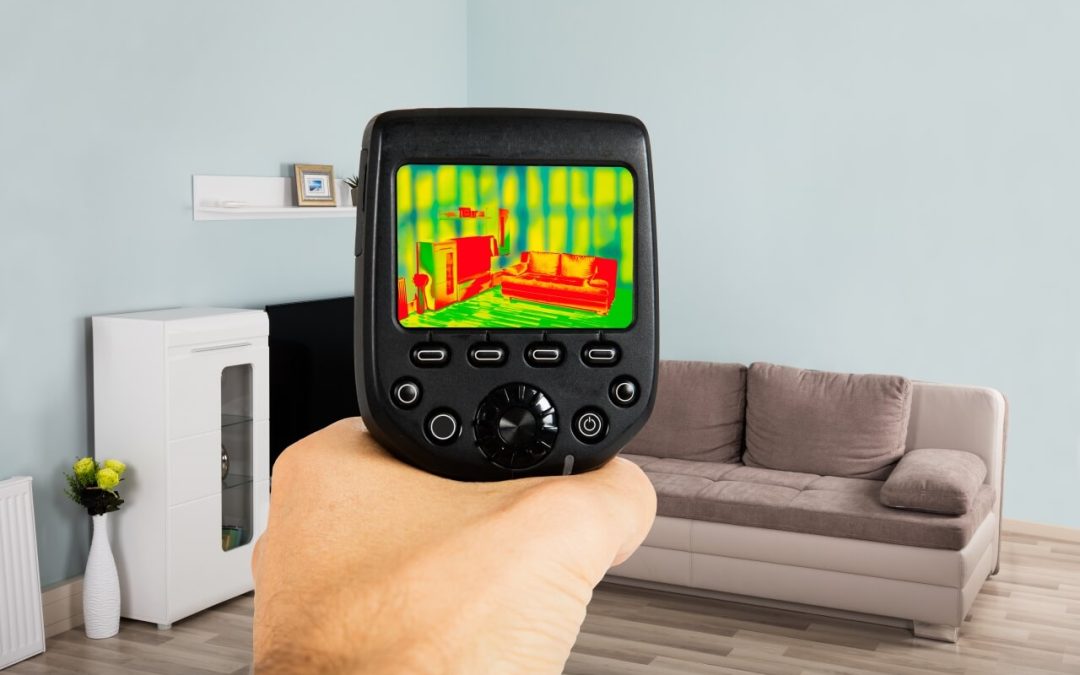Home inspections help ensure a property’s safety, efficiency, and structural integrity. With technological advancements, traditional home inspection methods have evolved; one such innovation is thermal imaging. A thermal image camera is a cutting-edge tool using infrared radiation to provide a comprehensive view of a property, offering benefits to homebuyers. Here are a few reasons to hire an inspector who uses thermal imaging in home inspection.
1. Thermal Imaging Detects Hidden Issues During a Home Inspection
One of the primary advantages of thermal imaging in home inspections is its ability to detect issues that may not be visible to the naked eye. Thermal cameras capture temperature variations, allowing inspectors to identify problems behind walls, ceilings, or under floors. This technology can help locate leaks, electrical hotspots that could indicate safety hazards, and insulation gaps leading to energy inefficiency.
2. Energy Efficiency Assessment
Thermal imaging is instrumental in assessing a home’s energy efficiency. Inspectors pinpoint sources of energy loss by identifying areas with inadequate insulation or poor seals. The information provided by infrared images allows homeowners to make improvements to enhance the efficiency of their property and reduce utility bills.
3. Moisture Detection
Water damage is a threat to a home’s structural integrity and can lead to issues with pests and mold. These problems often go unnoticed until significant damage has occurred. Thermal imaging technology detects moisture accumulation, allowing inspectors to identify areas with water leaks or condensation. Early detection enables homeowners to address these issues promptly, preventing costly repairs in the future.
4. Electrical System Evaluation
Electrical problems pose safety concerns. A thermal imaging camera assists an inspector in evaluating the electrical system by detecting overheating components. Thermal imaging can “see” faulty wiring, overloaded circuits, and damaged electrical connections. Identifying these issues helps prevent fire hazards to ensure the home’s safety.
5. Time and Cost Efficiency
Traditional home inspections may require extensive manual checks and assessments. Thermal technology streamlines this process by quickly identifying issues. The inspector will interpret the images to locate concerns in the home.
6. Thermal Imaging in Inspection to Reduce Environmental Impact of a Home
Thermal imaging contributes to a more sustainable living environment by pinpointing areas of energy inefficiency. Homeowners can take targeted steps to improve insulation, seal gaps to stop drafts, and optimize heating and cooling systems, ultimately reducing their carbon footprint.
Thermal technology is an advancement in property assessment. An infrared camera provides valuable information for homeowners, homebuyers, and inspectors alike. As technology advances, thermal imaging is likely to become an indispensable component of comprehensive home inspections.
Homesmith Home Inspections uses thermal imaging technology during home inspections in the Houston, Texas, area. Contact us to request our services.

